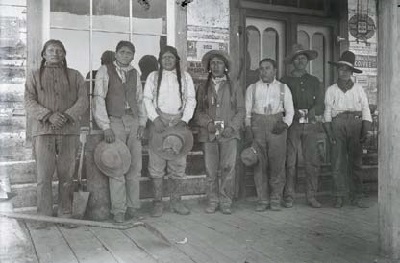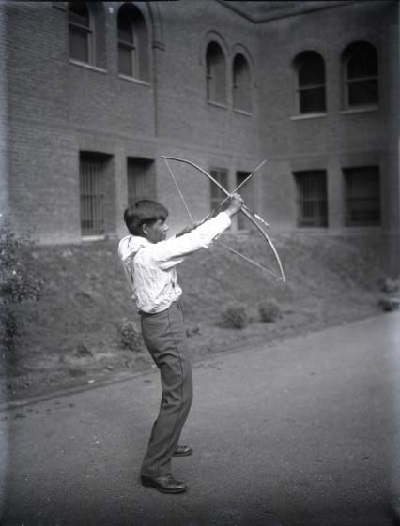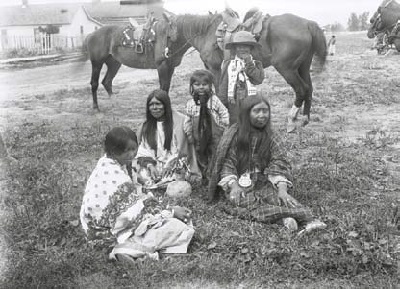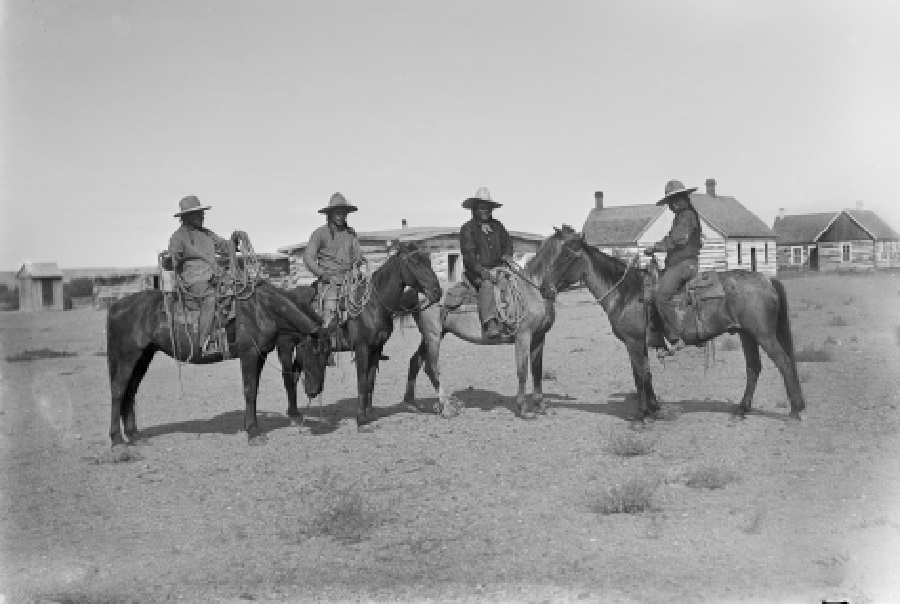


Although Edward Sapir (1884–1939) is a famous figure in American anthropology and linguistics, his early career at the Penn Museum is less well known. Sapir only spent a short time here, between 1908 and 1910, but it had a profound impact on his work.
Known as one of the principal figures in the early development of linguistics, Sapir had studied under Franz Boas at Columbia University. He was brought to Penn by George Byron Gordon, soon-to-be Director of the Museum, who was trying to establish an anthropology program at the University to teach ethnology and American linguistics.
At the Museum, Sapir worked with another former Boas student, Frank Speck, on the Catawba language, and in the summer of 1909 he went to Utah with his student J. Alden Mason (later Curator of the American Section, 1926–1955) to conduct fieldwork with the Uintah Ute. Sapir and Mason returned from the short season with plans for a long-term study of Ute language and culture, but that did not materialize. Instead, Sapir made arrangements to study Southern Paiute, a language closely related to Ute, with Tony Tillohash, a student from the nearby Carlisle Indian School.
Tillohash spent four months in Philadelphia working at the Museum, and had excellent knowledge of his own language. He had a prodigious memory (he recorded over 200 songs on wax cylinders that are now housed at the Archives of Traditional Music, Indiana University), he was patient and likeable, and he provided clear and analytical knowledge of his language. In 1917, Sapir completed his study, but the Museum did not publish it. In a letter from June 1922, Sapir asked Gordon to discuss “the matter of my Paiute MSS” when they met next at the Museum, but no record of the meeting exists.
Southern Paiute, a Shoshonean Language was finally published in 1930–1931 by the American Academy of Arts and Sciences, and is considered a classic in linguistics, even so far as to be called “the most beautiful grammatical description ever written of an Amerindian language” (from Edward Sapir, January 26, 1884–February 4, 1939 by Regna Darnell and Judith T. Irvine. Washington, DC: National Academy of Sciences, 1997).
Sapir left the Museum in 1910 to become the chief ethnologist for the Geological Survey of Canada. The Museum did publish two volumes of Sapir’s language studies, Takelma Texts (1909) and Notes on Chasta Costa Phonology and Morphology (1914), both still in print, as well as two articles in The Museum Journal, the forerunner of Expedition. Tillohash returned to Utah, where he served as Shivwits Southern Paiute tribal chairman for many years, and continued to act as an interpreter for ethnographers in the region.

